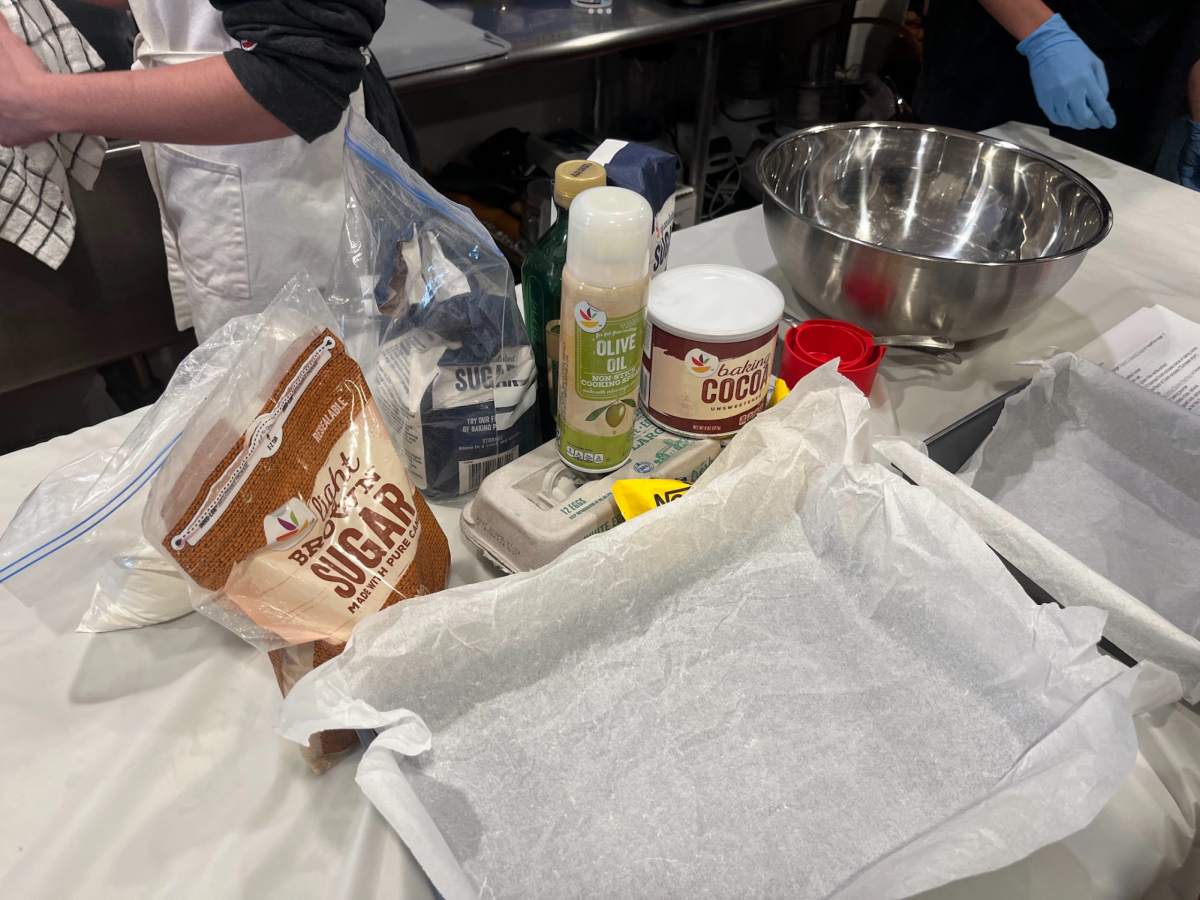
Laura Li
On March 12, NASA’s Curiosity rover has found what it went to Mars to look for: evidence of an environment that could have once supported life.
Chemical analyses show that a greyish powder taken from the rover’s first drilled rock sample (nicknamed “John Klein” by the Curiosity Team) contains clay minerals formed in water that was slightly salty, and neither too acidic nor too alkaline for life.
An X-ray analysis headed by David Blake, principal investigator for the rover’s Chemistry and Mineralogy instrument (CheMin) at NASA’s Ames Research Center, showed that the ground-up rock comprised mostly of igneous minerals such as feldspar, pyroxene, olivine and magnetite. However at least 20% of the rock was made up of clay minerals, such as smectite, that only form in the presence of water. The salts in the rock, such as halite, are of the sort that living organisms tolerate.
“If this water was around and you had been on the planet, you would have been able to drink it,” says Curiosity project scientist John Grotzinger, a planetary geologist at the California Institute of Technology in Pasadena.He and other NASA researchers announced their findings at a news briefing in Washington DC this past week.
The discovery means that the six-wheeled Curiosity rover will stay longer at the bottom of Gale Crater, Grotzinger says. Engineers are now troubleshooting a memory glitch that caused Curiosity’s main computer to switch to a backup on 28 February. Earlier recovery efforts were delayed when mission managers shut the rover down, to protect the rover against a solar radiation storm that washed over Mars earlier this month.
Science operations are expected to start up again within a few days but will halt again in April, when Mars moves behind the Sun as seen from Earth. After communications resume, Grotzinger says, Curiosity will try drilling into John Klein again before starting out on the 10-kilometre drive to its ultimate destination, a 5-kilometre-tall peak known as Aeolis Mons.






